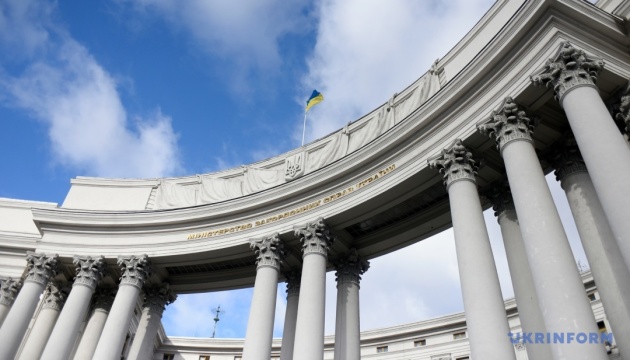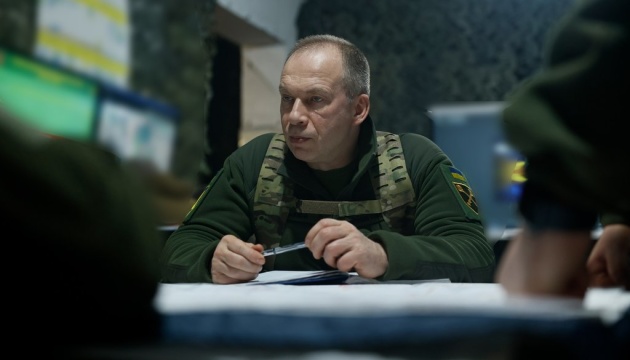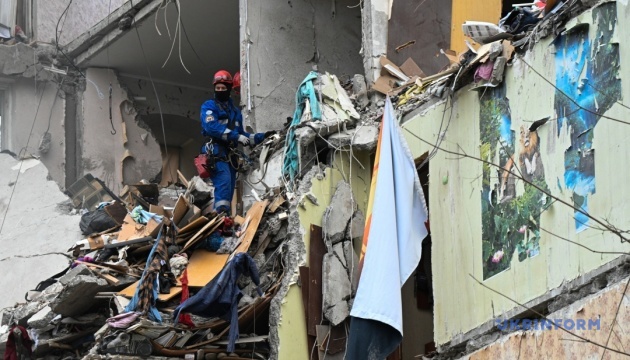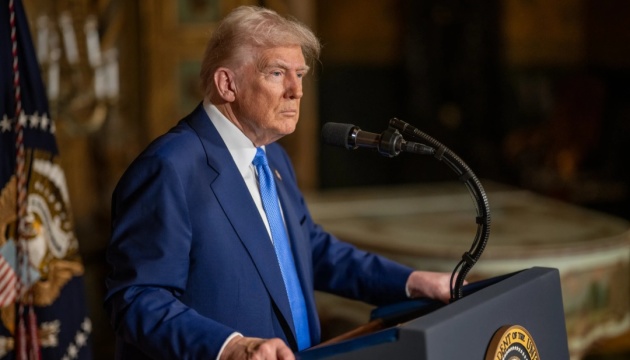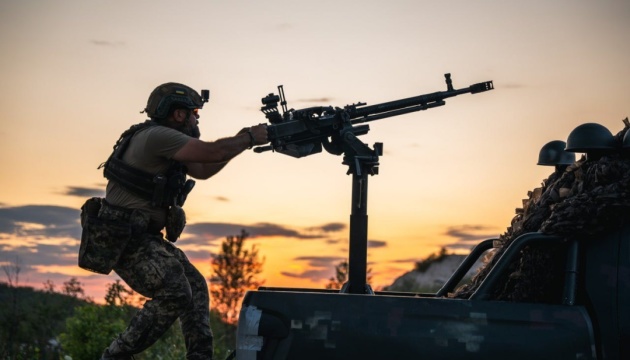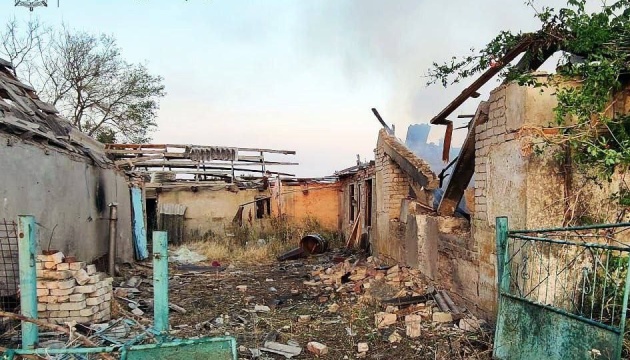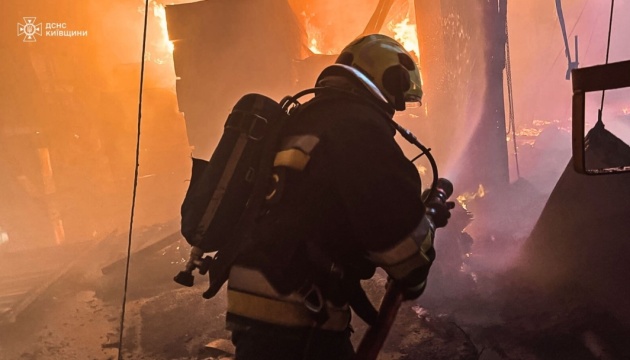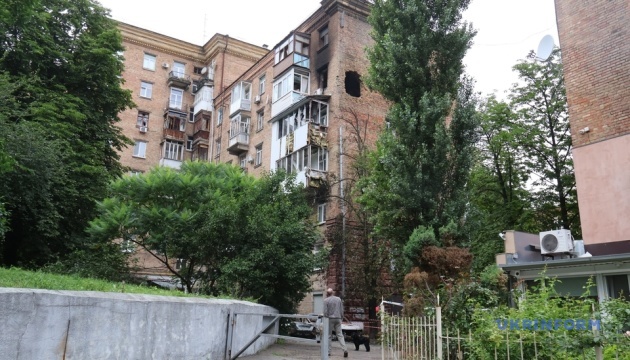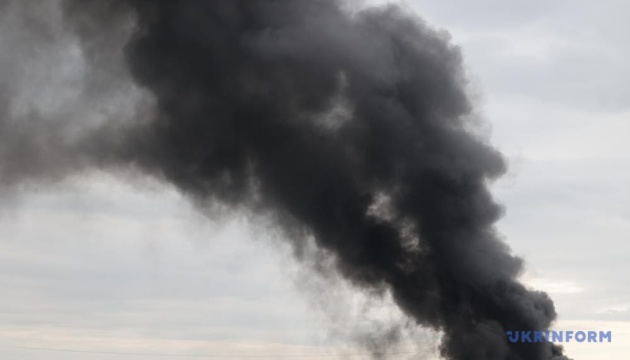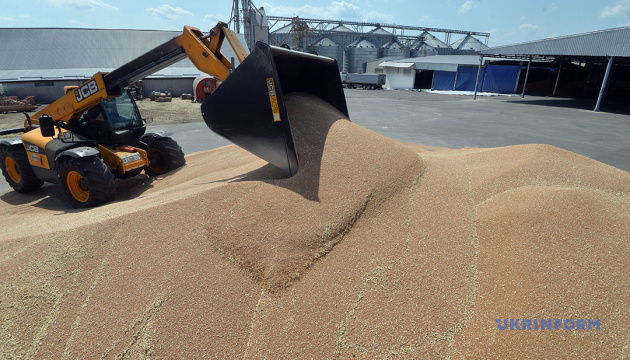War update: 70 clashes reported on frontline, most in Pokrovsk sector


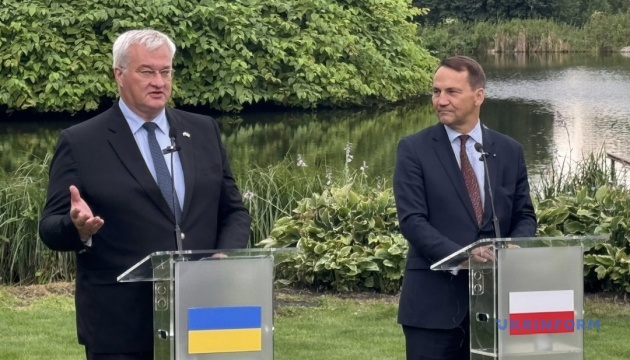
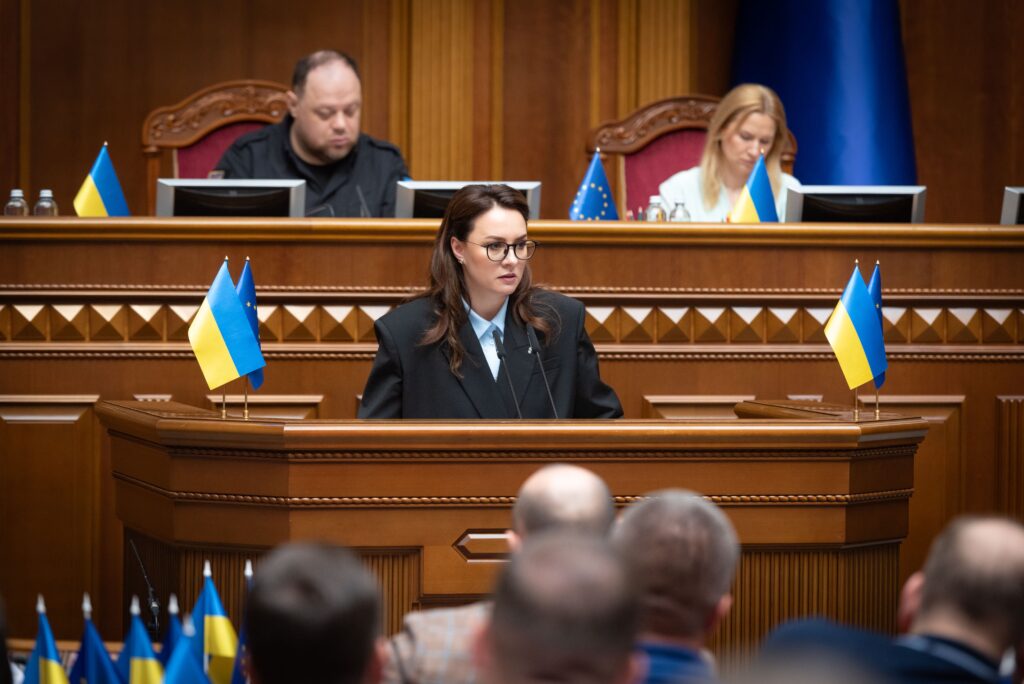
The Ukrainian government takes an unusual step amid EU pressure. Facing the threat of losing billions in aid, Ukrainian Prime Minister Yuliia Svyrydenko has announced that Oleksandr Tsyvinsky, the selected candidate for Director of the Bureau of Economic Security (BEB), has agreed he will undergo a polygraph test.
The Ukrainian prime minister says she has held a direct meeting with Tsyvinsky on 1 August, during which they agreed he would take a polygraph test.
“We agreed with Oleksandr on how to remove all doubts in a civilized manner and arranged for him to take a polygraph test. This guarantees that the situation is free of manipulation and allows us to move forward,” Svyrydenko states.
She adds that the selection commission has already made its decision and that the government has received the results from additional background checks.
Tsyvinsky is a National Anti-Corruption Bureau (NABU) detective who won the BEB director position in June 2025. The competition involved international experts. Tsyvinsky leads one of NABU’s elite detective units. His appointment was to symbolize the restoration of trust in anti-corruption bodies.
However, on 7 July, the Ukrainian government refused to approve him, citing “security concerns” as assessed by the Security Service. In response, Tsyvinsky stated that the government’s decision “does not comply with the law.”
The prime minister emphasizes the shared interest in making the Bureau of Economic Security an effective institution trusted by both business and the public. She expresses hope that the Ukrainian government will reach a final decision next week.
“This will be a major contribution to rebuilding trust between the state and the business community,” Svyrydenko adds.
The government’s refusal to approve the competition winner marked another escalation in tense relations between Ukrainian authorities and NABU, which sharply intensified this summer.
On 22 July, President Volodymyr Zelenskyy signed the controversial bill, which curtails the NABU’s independence, as well as the liberty of the Specialized Anti-Corruption Prosecutor’s Office (SAPO), by requiring their key decisions to be coordinated with the Prosecutor General’s Office.
The law led to mass civil society protests and criticism from international partners as it contradicts Ukraine’s commitments to the EU and the US on anti-corruption reforms.
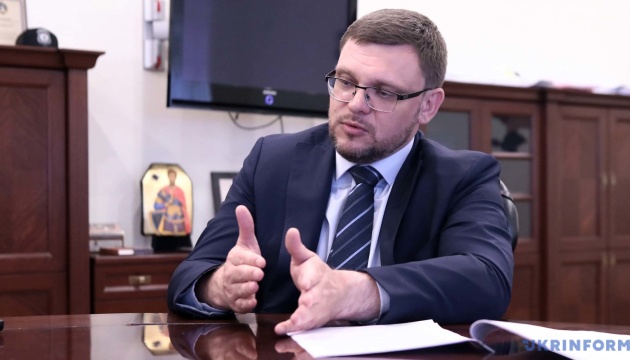

A powerful tsunami triggered by a magnitude 8.8 earthquake has reportedly struck Russia’s secret nuclear submarine base in Kamchatka. Satellite images obtained by The Telegraph show severe damage to the pier at the Rybachiy base, a key facility of Russia’s Pacific Fleet.
According to Umbra Space, one of the docking structures was displaced at a “terrifying angle,” indicating the pier may have been partially torn from its foundation. No submarine was docked at the time of the impact, but the base’s vulnerability raises serious concerns. One image shows a submarine moored at the same pier as recently as 17 July.
Rybachiy is located in Avacha Bay, only 120 km (75 miles) from the quake’s epicenter. The base hosts Russia’s newest Borei-class and older Delta-class submarines.
Nearby facilities include Petropavlovsk-Kamchatsky and other strategic military sites.
Although the Kremlin insists the infrastructure is “fully earthquake-proof,” experts warn that even minor pier damage could compromise combat readiness.
Analysts stress that concentrating so many submarines in a single location is a strategic risk.
“This is why having multiple bases is a good idea, because you never know when you’re going to get rogered by something you haven’t seen coming,” said retired Royal Navy officer Tom Sharpe.
He also criticized the pier’s construction.
“It looks classically Russian. Taped on,” he adds.
While Russian sources deny any major damage, the base’s vulnerability to natural disasters casts doubt on the Pacific Fleet’s readiness for emergency scenarios.
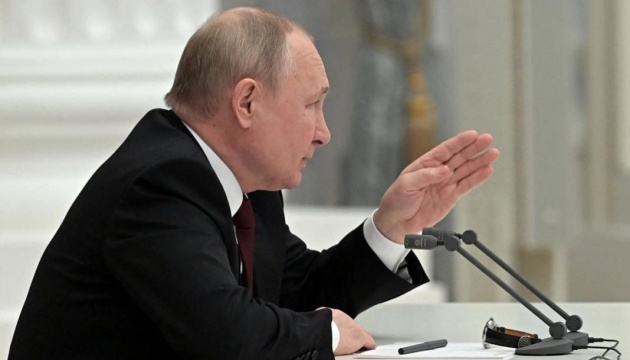
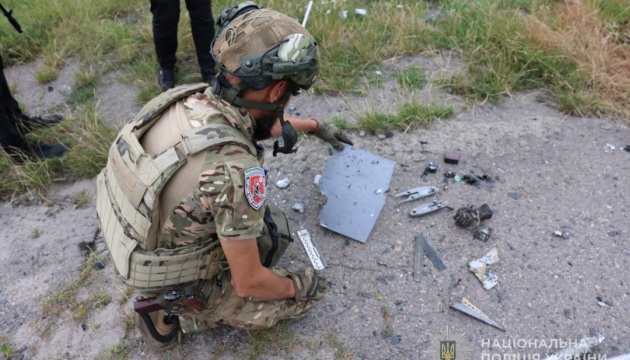

© Copyright 2025 The Associated Press. All rights reserved.
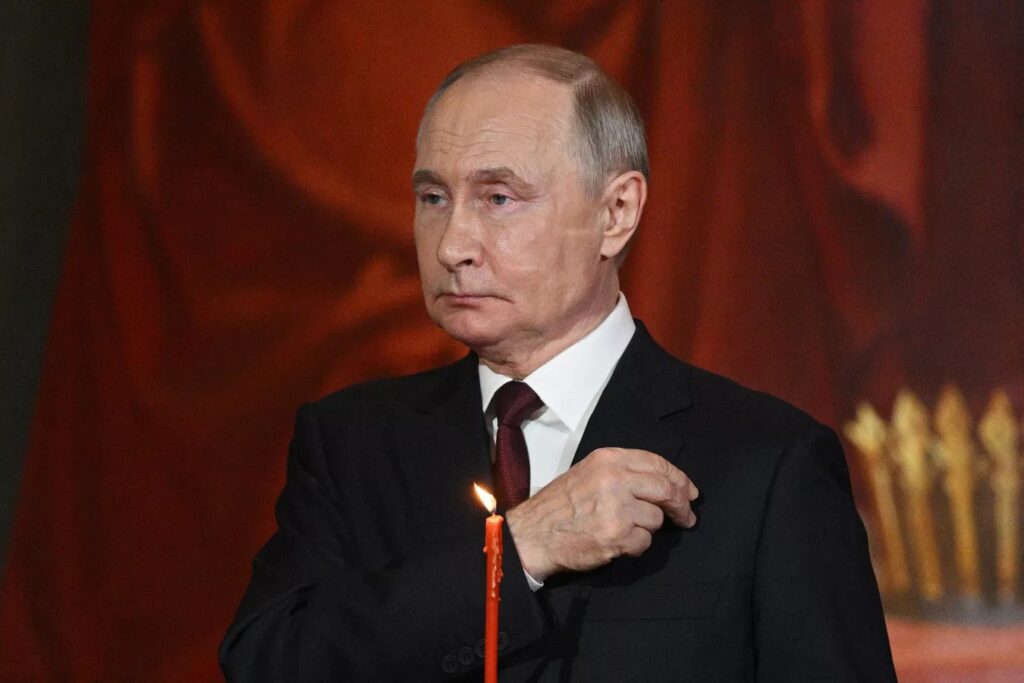
Russian ruler Vladimir Putin has cynically commented on the war in Ukraine for the first time since US President Donald Trump issued his 10-day ultimatum on Russia. Last week, the American president gave Russia ten days to reach a peaceful settlement, threatening massive sanctions if this does not happen by 8 August, UNIAN reports.
During a meeting with the self-proclaimed president of Belarus, Alexander Lukashenko, Putin spoke positively about the negotiations in Turkiye and the prisoner exchanges, stating that Moscow is “ready to wait” if Kyiv is not prepared for talks.
At the same time, he said the Ukrainian political regime “is not based on the Constitution” and supports prolonged negotiations “without any time limits.”
In June, President Volodymyr Zelenskyy revealed that the Kremlin used prisoner exchanges as a tool to delay the negotiation process with Ukraine and dodge sanctions. While sending back Ukrainian prisoners of war, beaten and tortured in captivity, Russia does not agree to any other proposition to end the war.
Ukrainian soldier dies weeks after release from Russian captivity with his organs failing due to torture
Putin confirmed that Russia’s conditions for ending the war, announced back in summer 2024, remain unchanged.
Last year, he insisted on the withdrawal of Ukrainian troops from the occupied territories of Donetsk, Luhansk, Kherson, and Zaporizhzhia. Moscow has illegally incorporated these Ukrainian regions into its Constitution. Additionally, Russia demands that Ukraine renounce NATO membership, enshrine a non-nuclear status, and lift sanctions.
In talks with propagandists, Putin boasted about the production of the first serial ballistic missile Oreshnik and the Russian army’s offensive along the entire front line.
In 2024, Russia used a Multiple Independently Targetable Reentry Vehicle (MIRV) missile armed with conventional warheads to strike Dnipro. While MIRV technology has long been associated with nuclear delivery systems, this marked its first use in combat. The scale of the destruction remains unknown. According to Ukraine’s Air Force, Russia targeted industrial facilities and critical infrastructure in Dnipro.
Meanwhile, Lukashenko urged Zelenskyy “to simply sit down at the negotiating table” with Putin and emphasized that Minsk and Moscow will not kneel because they decisively defend their interests.
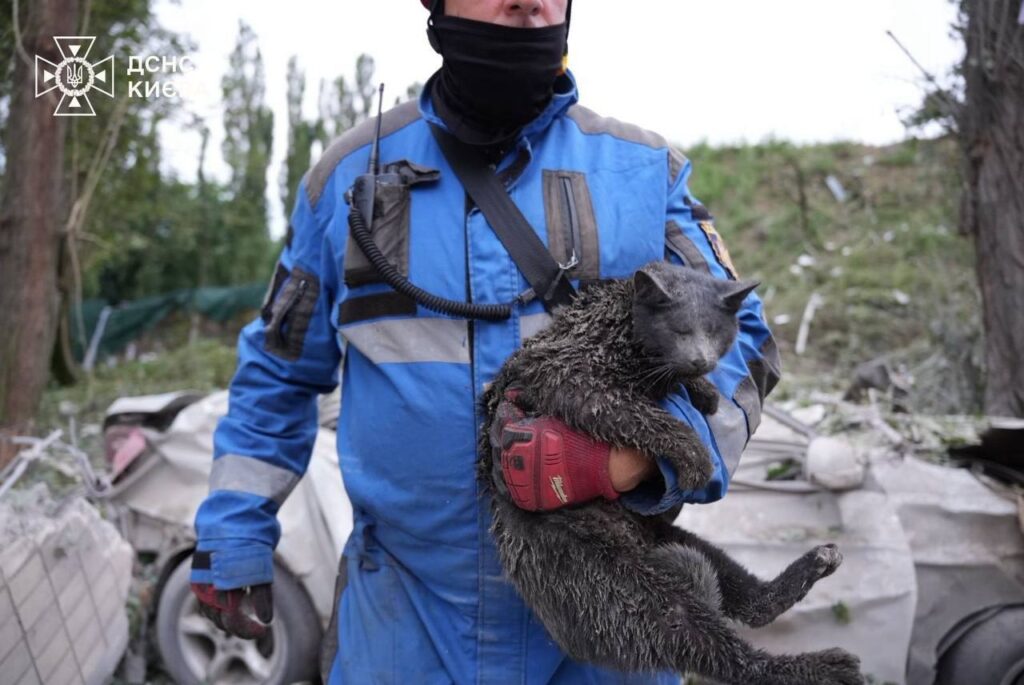
The latest deadly attack on Kyiv was an attempt by Russian ruler Vladimir Putin to humiliate American President Donald Trump. For half a year of his presidency, Trump has been trying to stop the war between Ukraine and Russia, says former Ukrainian Foreign Minister Volodymyr Ohryzko, Radio NV reports.
Last week, Trump announced a new ultimatum to Russia, shortening to 10 days the time Russia has to end the war in Ukraine or face sanctions on its oil exports. The energy sector brings Moscow significant profits, which it directs toward new missiles and drones to terrorize Ukrainian civilians.
Putin was silent for a long time after the ultimatum. Then, on 31 July, he launched 300 drones and 8 missiles at Kyiv. The attack killed 31 people, including 5 children.
“What happened on 31 July once again proves that we are dealing with wild barbarians. And barbarism must be met with a strong and harsh response,” the diplomat says.
The former minister noted that while Trump might be accelerating events, he is unlikely to tolerate Putin’s blatant and public humiliation.
“I think two things must happen now. First, very tough economic sanctions. And very accelerated military aid to Ukraine. These two components, along with all the others, will be key to changing the situation on the battlefield and inside Russia in Ukrainian favor,” he explains.
On 1 August, Trump promised new sanctions on Russia, but also sent US Envoy Steve Witkoff to visit Moscow for another round of talks after his visit to Israel.
He again claimed that Russia’s war “is Biden’s war” and claimed it would allegedly not have started if he had been in office when it began. Meanwhile, Senate Majority Leader John Thune said Congress is ready to advance a sweeping sanctions bill against Russia if Trump decides he wants more pressure. The legislation was introduced by Lindsey Graham and has more than 80 senators signed on.
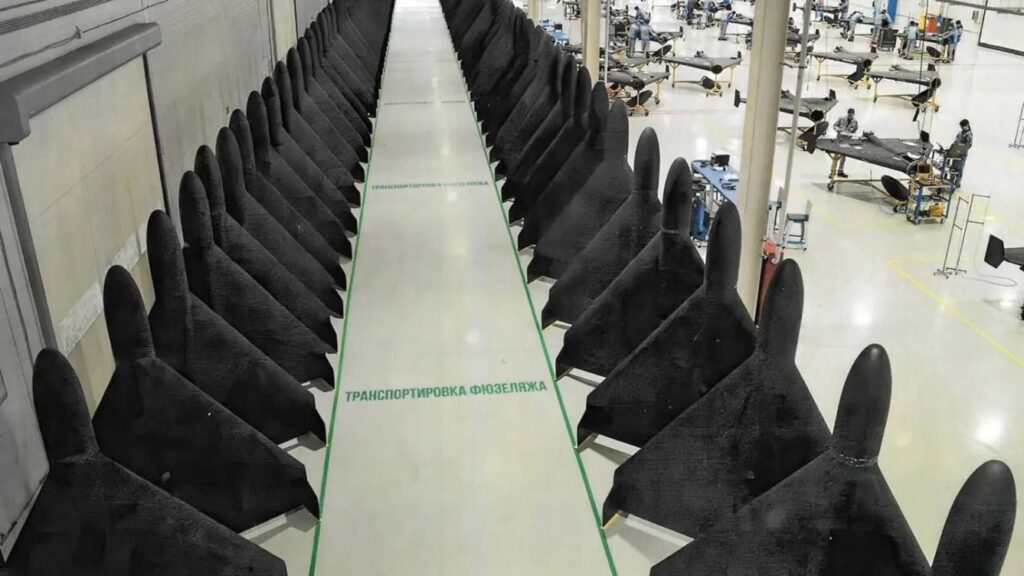
According to media reports, at least 96 Russian drones violated Belarusian airspace in July, marking the heaviest month of drone incursions so far. These Russian long-range drones came from Ukraine and crossed into Belarus skies repeatedly during the month, with one night alone seeing 26 of them entering.
Russia attacks Ukrainian cities with long-range explosive drones every day, sometimes launching hundreds in a single night. On occasion, some of these drones — Shahed one-way attack UAVs and Gerbera decoy drones — end up crossing into Belarus, a Russian ally. This can happen if they veer off course, are thrown off by electronic warfare interference, or are intentionally routed through Belarus airspace. From there, they may loop back into Ukraine or head north toward Lithuania, probing NATO air defenses that, so far, have not managed to bring these drones down.
Belsat reported that in the early hours of 30 July, at least 26 Russian Shahed drones flew into Belarus airspace. According to the Homiel-based news site Flagshtok, this pushed the July total to at least 96 drones. The figure set a new record, with previous months showing far fewer flights. Flagstok said the last peak was in January, but July exceeded it.
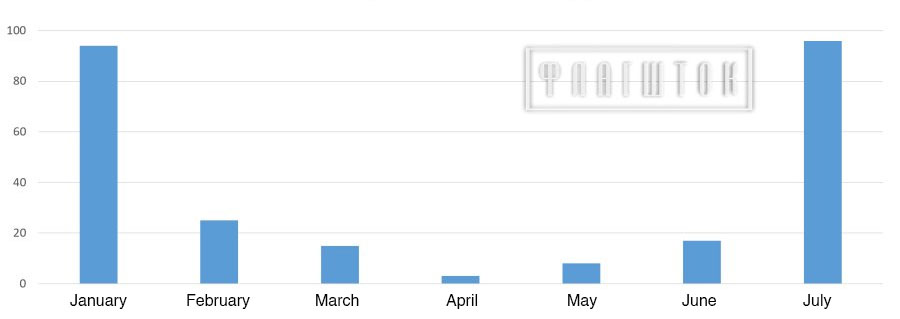
Reports described how late in the evening on that day, observers noticed three drones near Khoiniki and Naroulia. Two of them moved toward Brahin. Later, five more drones were seen heading toward Brahin and further toward Ukraine’s Zhytomyr Oblast. Another three drones appeared over Homiel Oblast. One flew over Mazyr, while another was heard south of Homiel. Drones also appeared in the areas of Naroulia and Loieu. Witnesses said the sound of their engines was clearly heard during the night.

On 29 July, one of the Russian drones fell on the outskirts of Minsk. Authorities in Belarus admitted the crash but claimed that the drone was allegedly Ukrainian. This version was met with doubt because witnesses said the drone came from the direction of Russia. BELPOL, citing witnesses, reported that the drone engine noise was heard in Astrashytski Haradok and Baravliany, both located north of Minsk.
Belsat said that in all of 2023, at least 145 Russian Shahed drones entered Belarus. Of those, 109 disappeared from radars, while 36 continued toward Ukraine.
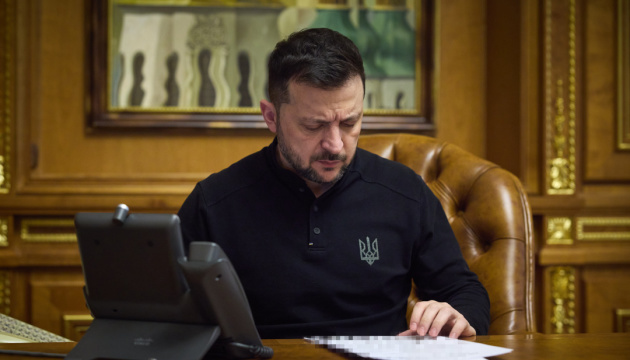
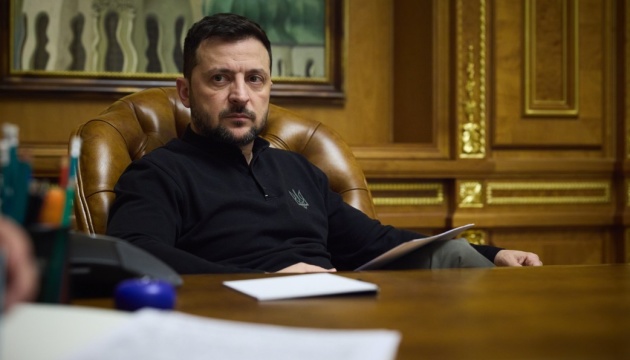
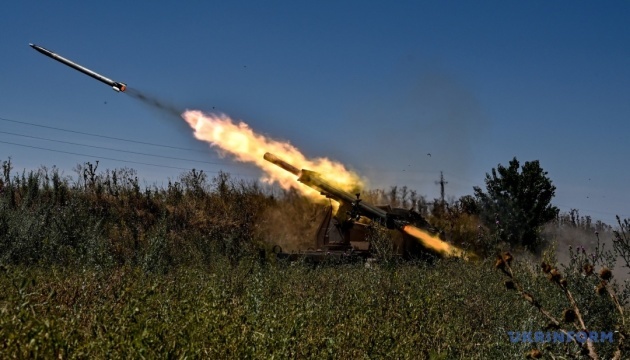

© Sputnik
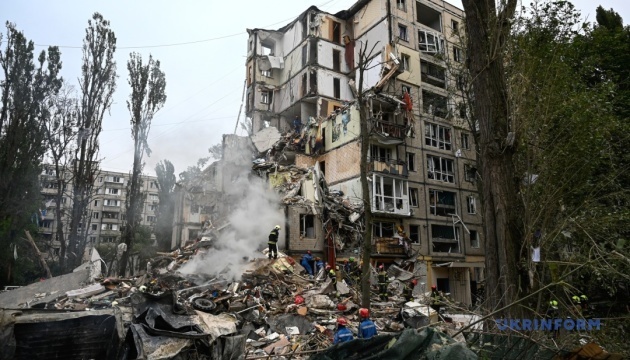

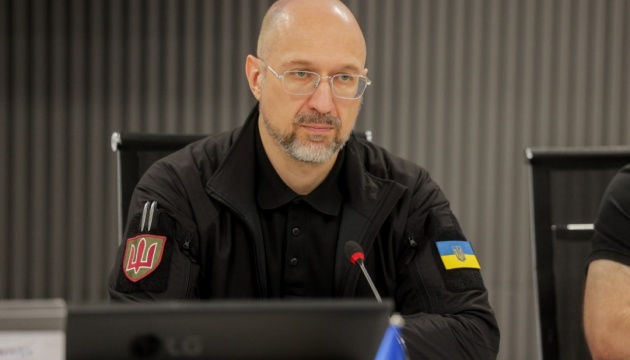
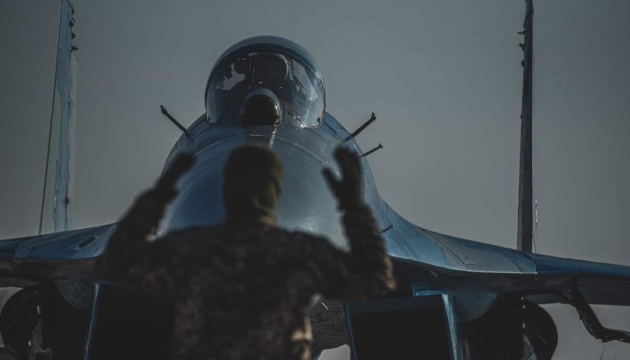
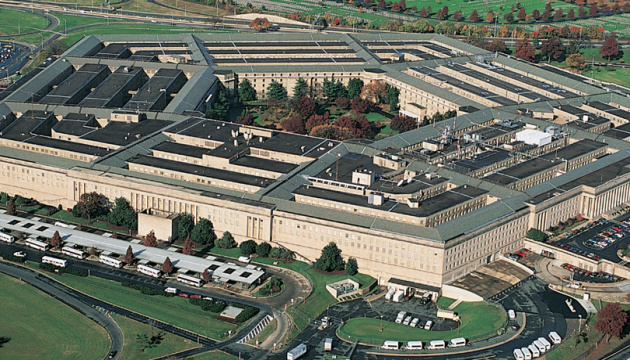

Ukraine’s central bank reported on 31 July that inflation will moderate to 9.7% by December 2025, down from its May peak of 15.9%. This signaled monetary stability that exceeded many international expectations for a wartime economy.
The encouraging headline masks a troubling contradiction: Ukrainian families now pay more for basic groceries than their counterparts in EU countries, with butter costing 25% more than in Poland, according to Focus.ua analysis. This paradox — macro success alongside micro hardship — tests whether Ukraine can sustain the economic discipline that international lenders and reconstruction investors demand.
The National Bank of Ukraine kept its key policy rate at 15.5%, which would be considered restrictive in peacetime economies but demonstrates institutional strength that Western financial markets monitor closely.
“The NBU will stick to a rather tight monetary stance for as long as it is needed in order to ensure that inflation is steadily declining toward its 5% target over the policy horizon,” NBU Governor Andriy Pyshnyy said on 24 July during the monetary policy briefing.
The central bank revised its inflation trajectory, now projecting 9.7% in 2025, 6.6% in 2026, and a return to the 5% target only by 2027. This timeline that aligns with European Central Bank standards and signals Ukraine’s commitment to EU integration despite wartime pressures.
Real GDP growth projections remain modest at 2.1% for 2025, closely matching International Monetary Fund expectations of 2-3% growth and World Bank projections of 2% this year. This consensus among major multilateral institutions suggests Ukraine’s economic management has earned international credibility.
Foreign reserves cover more than five months of imports — exceeding the three-month standard that rating agencies use to assess emerging market stability — supported by continued international funding that maintains confidence among sovereign bond investors.
While macroeconomic indicators show stability, Ukrainian households face mounting cost pressures — a fact covered elliptically in the NBU report by the phrase “convergence of food prices.” The average Ukrainian food basket has become increasingly expensive, particularly affecting regions with damaged production capacity.
Weather-related harvest disruptions compound these pressures. The NBU expects agricultural improvements to help cool food inflation, but rising utility costs and excise tax increases offset these gains. Real wages are growing approximately 3-4% annually, providing some relief, but many households struggle with necessities despite overall economic resilience.
This contradiction between institutional success and widespread hardship raises questions about aid model sustainability and long-term economic transformation prospects.
Ukraine’s monetary achievement serves multiple strategic purposes that extend beyond domestic concerns. The country’s ability to maintain inflation targeting and currency stability while fighting an existential war demonstrates institutional resilience that reconstruction investors and EU accession evaluators closely monitor.
The contrast with Russia’s economic trajectory remains striking: while Ukraine maintains disciplined monetary policy at 15.5% rates, Russia’s central bank unexpectedly cut its rate by 200 basis points in late July — its biggest reduction since May 2022 — signaling growing economic pressures despite earlier rate hikes to combat inflation.
Yet the food price paradox illustrates Ukraine’s fundamental challenge: maintaining the macroeconomic frameworks needed for post-war integration while supporting a population under extreme stress. How Ukraine manages this balance will determine whether international support translates into genuine economic transformation or merely postpones deeper structural reckonings.
For foreign observers, Ukraine’s inflation report represents more than monetary policy — it’s a test case for whether a country can simultaneously fight for survival and build the institutional foundations for European integration.
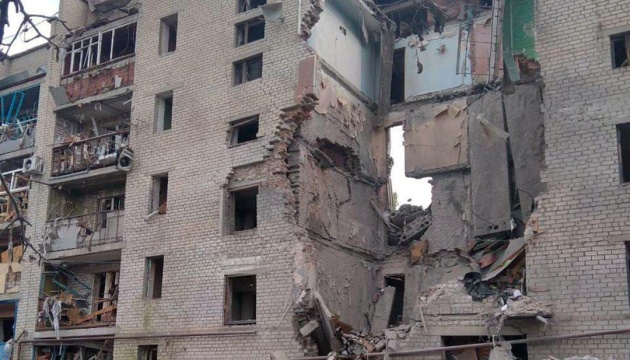
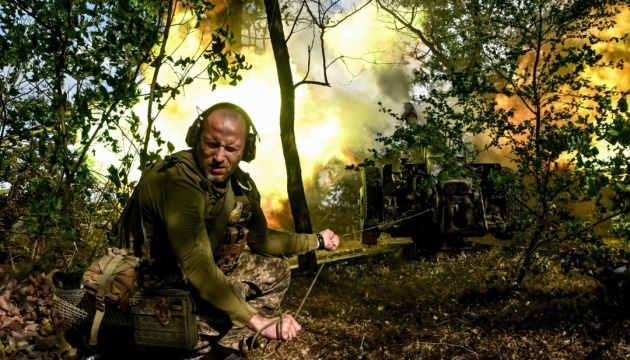

Hungary helps Russia by routing helicopter repairs through Kazakhstan while sourcing spare parts from Moscow, InformNapalm reports. InformNapalm is a volunteer intelligence community known for cyber operations exposing Russian military networks. Their latest release reveals a Hungarian company, Milspace Kft, offering a sanctions workaround for Russia’s Mil Design Bureau — the producer of Mi-series helicopters actively used against Ukrainian troops.
InformNapalm, working with the Militant Intelligence group, disclosed new data from the OpsHackRussia’sDay cyber operation. The dataset comes from hacked corporate correspondence of Russian defense industry companies. The latest document shows that Milspace Kft sent an official proposal to the Mexican company Personas y Paquetes Por Aire SA de CV. In this letter, Milspace Kft explains that Russian helicopter factories are under sanctions and offers a route to bypass these restrictions.
The leaked letter states:
“The Russian factory in Kazan, Mil Design Bureau and Holding of Russian Helicopters are under sanctions because of Ukrainen (original spelling, – Ed.) war. So, nobody can work with them directly. But we found a solution”
Milspace Kft proposes to act as the formal contractor while repairs would be done in a Kazakhstan plant licensed by Mil Design Bureau.
“Our Milspace is authorized organization of licensed by Mil Design Bureau repairing plant in Kazahstan. We are ready to participate in process of overhaul for your helicopters,” the leaked letter reads.
Spare parts would come from Moscow, specifically from Mi-INTER Ltd. The work would be supervised and coordinated with Mil Design Bureau and Russian Helicopters, both parts of Rostec, a large Russian state-owned conglomerate.
“Every of these organizations ready to participate in our repairing process, so the start was made successfully,” the document states.
InformNapalm reports that this letter details a service package worth $92,000. The plan includes a team of four “to carry out troubleshooting work on airframe and helicopters under a separate contract.”

“Hungarian Prime Minister Viktor Orbán has consistently shown loyalty to the Kremlin, delaying EU sanctions and blocking military aid to Ukraine through NATO and EU structures. Therefore, Milspace Kft’s involvement in these operations aligns with Budapest’s geopolitical position, which often conflicts with the core interests of both the EU and NATO,” Inform Napalm says.
InformNapalm warns that Hungary’s involvement undermines NATO collective security. The practice ensures that sanctioned Russian helicopters remain operational, despite restrictions. This leak also highlights a broader pattern of using Kazakhstan as a hub for maintaining Russian equipment, similar to previous findings from the #SU30Leaks series.
Hacktivists call on journalists and European officials to investigate these sanction evasion networks before they grow further. They note that more documents from the OpsHackRussiasDay operation will follow.
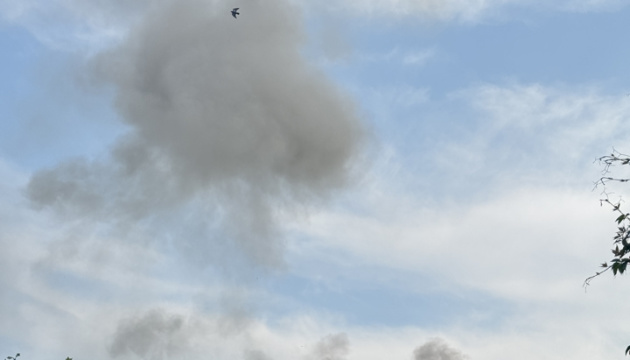
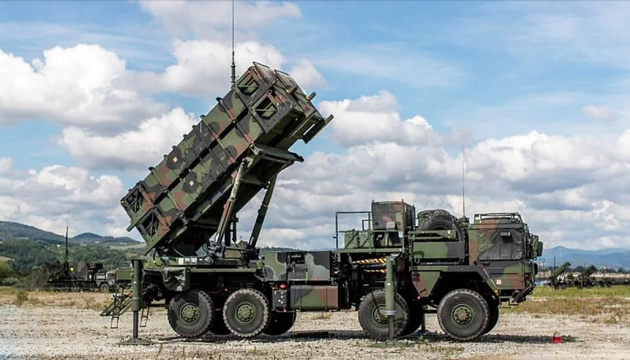
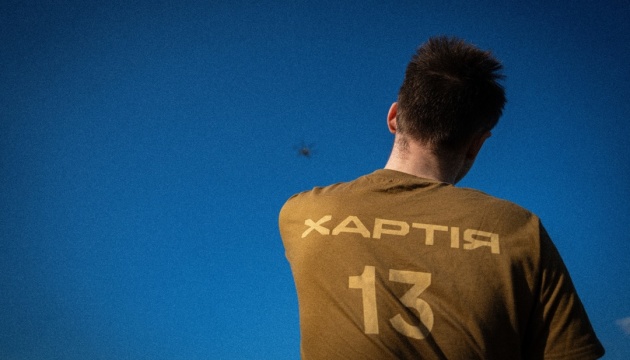

US President Donald Trump promises new sanctions on Russia as the US Senate prepares a massive package, and envoy Steve Witkoff is set to visit Moscow for another round of talks. The US President said at a White House briefing that he will impose sanctions, even though he doubts they will make Russia’s leader Vladimir Putin change course.
Despite Trump’s efforts to “end” the ongoing Russian invasion of Ukraine, Moscow has been repeatedly ignoring any calls for peace, only escalating its attacks against Ukrainian civilians. Yesterday’s Russian air attack on Kyiv killed at least 31 civilians, including three children. In the aftermath, Ukraine’s foreign minister Andrii Sybiha said Trump had been “very generous and very patient” with Putin, and called for immediate maximum pressure on Moscow to end the war.
Speaking after Russia’s deadly air assault on Kyiv, Trump said late on 31 July that Russia’s actions in Ukraine are “disgusting” and “a disgrace.” He again claimed that Russia’s invasion of Ukraine “is Biden’s war” and claimed the war would allegedly not have started if he had been in office when it began. He again said many people are dying on both sides and that the United States should not be involved in the fighting.
Trump confirmed that sanctions are part of his plan to pressure Moscow, even as he questioned their effect.
“Yeah, we’re going to put sanctions. I don’t know that sanctions bother him (Putin, — Ed.). They know about sanctions. I know better than anybody about sanctions and tariffs and everything else. I don’t know if that has any effect, but we’re going to do it,” he said.
Trump added that the Russo-Ukrainian war “should be stopped. It’s a disgrace.”
“This was a stupid war to get into. Should have never gotten into this war,” he said.
The President also announced that his envoy Steve Witkoff will travel again to Moscow after a stop in Israel.
“Going to Israel. And then he’s going to Russia. Believe it or not,” Trump said.
Witkoff has already been to Moscow several times, but those trips have not brought a ceasefire closer, as Russia continues to demand Ukraine’s de facto capitulation.
New York Post reports that Senate Majority Leader John Thune said Congress is ready to advance a sweeping sanctions bill against Russia if Trump decides he wants more pressure. The legislation was introduced by Lindsey Graham and has more than 80 senators signed on. Thune said in an interview that he is “hopeful” the bill will help Trump increase pressure on Putin.
Thune explained that the House and Senate are “ready to move” if the President wants harsher penalties for Russia. He said the support of the whole Congress would give the president more leverage in negotiations with Russia.
Trump, speaking earlier in the week to New York Post, expressed disappointment in Putin.
“I’m disappointed in him, I must be honest with you,” he said.
He described their earlier talks as unproductive, saying that each time “very bad things have happened” afterward.
Trump has also said earlier that if sanctions fail to produce results, he will consider tariffs on countries that continue buying Russian oil. According to Graham, these tariffs could target China, India and Brazil, which buy a majority of Russia’s oil.
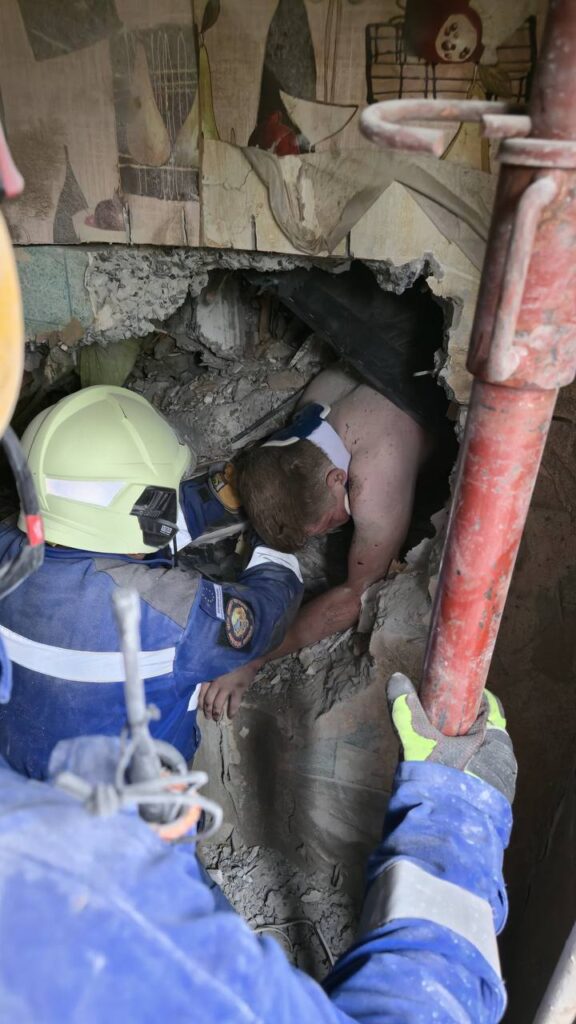
Ukraine’s State Emergency Service, for over three hours, rescued a man trapped in the rubble of a house hit by a Russian missile on 31 July. The rescuers maintained voice contact with him all that time. He had fallen from the second floor to the first and was pinned by structural debris.
Reaching the injured man was difficult: rescuers broke a hole in the wall of a neighboring apartment and formed a sort of tunnel.
Special stabilizers were attached to the man to avoid causing further harm during the rescue.
Search and rescue operations are continuing at two Kyiv locations, and emergency recovery efforts are underway at six. At the strike sites, all available equipment and specialists have been deployed to save lives. Nearly 2,000 tons of rubble were removed from the strike site.
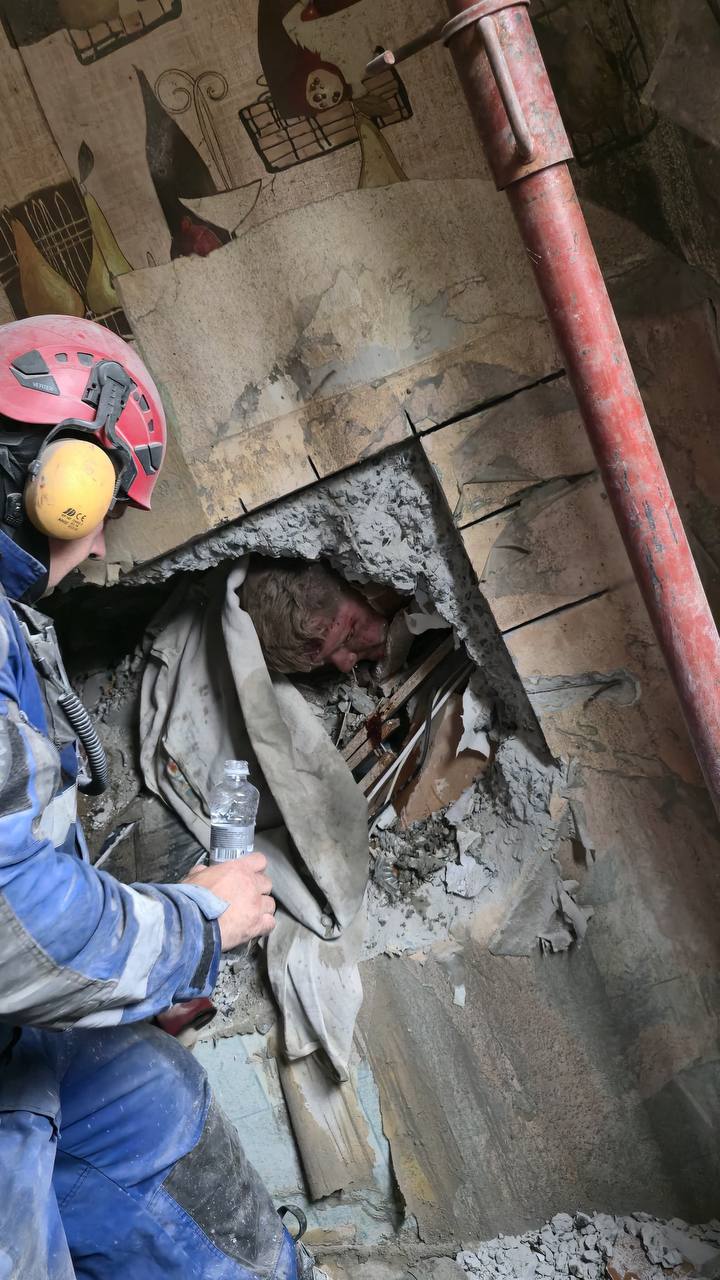
Meanwhile, the number of victims continues to rise. Among the victims are a two-year-old and a six-year-old. The number may rise as emergency workers dig through the debris.
Kyiv Mayor Vitalii Klitschko announced yesterday that 1 August was declared a day of mourning in the city. Flags were lowered on municipal buildings, and all entertainment events were canceled. Both state and private institutions were asked to lower their flags as well.
During the night of 31 July, Russian forces attacked Kyiv with drones and later with Iskander-K missiles. According to Ukraine’s Air Force, Moscow used a total of 309 attack drones and eight Iskander-K cruise missiles in the assault on Ukraine, three of which were intercepted.
The Iskander-K missiles were launched from Russia’s Kursk Oblast, practically right on the border, leaving very little time to respond or deploy appropriate countermeasures. Moreover, Iskander ground-based launchers are harder to detect than carriers of Kalibr or Kh-101 missiles, as the latter must first head out to sea, and their flight time is significantly longer, Defense Express reports.
Ukraine’s intelligence agency has reported that Russia is capable of producing up to 300 cruise missiles per month, including 20–30 Iskander-K missiles.
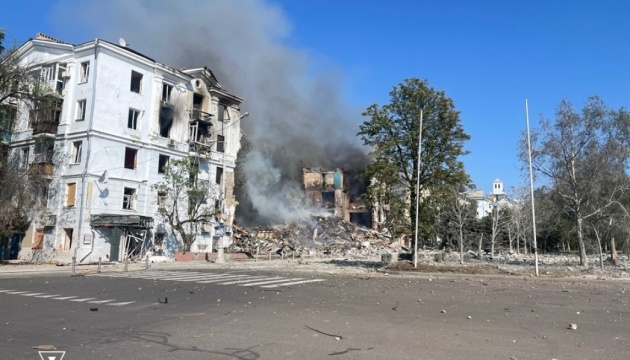
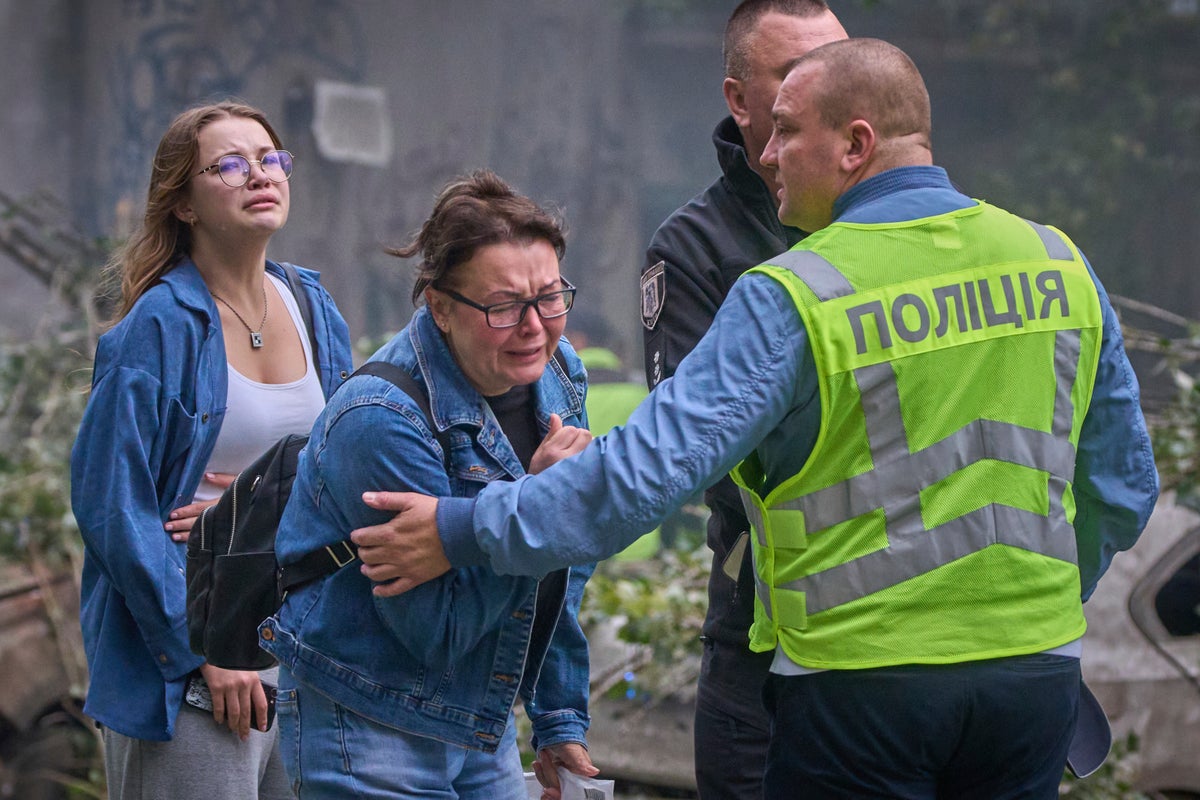
© Copyright 2025 The Associated Press. All rights reserved
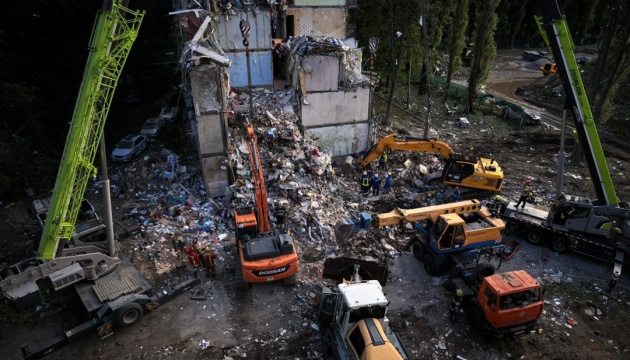
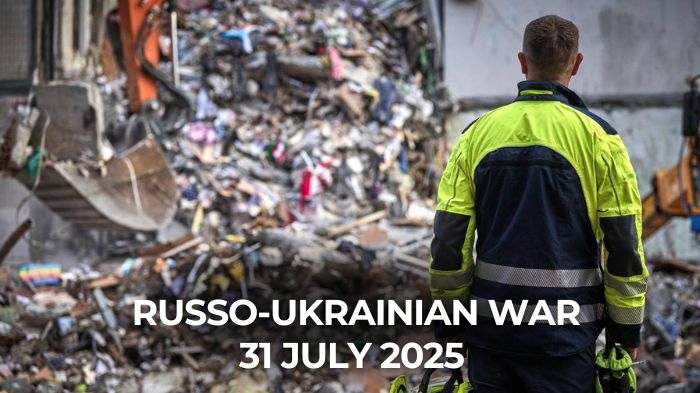
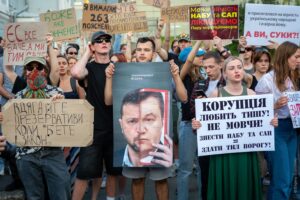 |
Inside Zelenskyy’s failed coup against Ukraine’s anti-corruption agencies. Parliamentary manipulation, fake security crises, and Telegram warfare met Ukrainian teenagers. |
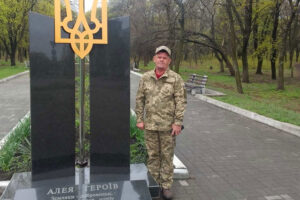 |
Wounded, cut off and alone: Ukrainian grenadier spends three days in Russian positions and brings back a captive. A 54-year-old fighter survived wounds from shrapnel and being knocked unconscious before crossing back with a captured enemy soldier. |
 |
“Aren’t you tired of feeding people garbage?” Ukrainian parliament reverses anti-corruption law after street protests. After a week of protests, 331 lawmakers voted to restore NABU and SAPO independence, undoing a law passed just days earlier. |
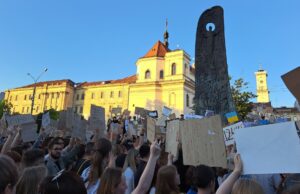 |
Brussels pulls the trigger: Why EU nuked $ 5.5 billion in Ukraine aid – and Kyiv’s path back. |
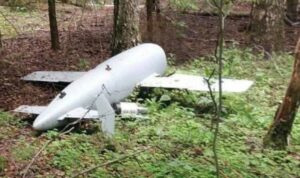 |
Did Ukraine just unleash its first Bars cruise missiles? A 500 km strike deep inside Russia suggests it. Photos from Stavropol have fueled speculation that Ukraine’s new Bars missiles have entered the war. |
Putin’s response to Trump’s ceasefire deadline: Russian missiles and drones kill civilians in Kyiv. Russians killed a six-year-old boy and five more civilians, injured more than 50 other people, including nine more children.
Frontline report: Mines on their chests, drones above as Russia’s summer offensive stops dead. Cut off from supplies near Lyman, Russian troops now carry mines on foot. Most never make it through the drone fire.
Russian military claimed to seize Chasiv Yar. Ukrainian defenders say it is a lie. The Ministry of Defense in Moscow announced victory while fierce fighting continued.
Ukraine’s drone offensive pounds Volgograd–Rostov railway again — Kotelnikovo burns in overnight attack (video). The latest strike left fires raging at a traction substation as trains were halted.
Ukraine’s drones roar deep into Russia — Penza military electronics plant in flames (video). Regional authorities confirmed a large fire at the plant after residents posted videos of drones flying low over the city.
Russia launches record 6,297 drones at Ukraine in July 2025 — a 1,378% increase from last year, OSINT analyst reports. July 2025 became the first month to register over 6,000 Russian drone attacks on Ukraine, following June’s milestone of surpassing 5,000 launches for the first time.
Ukraine is very close to creating its own ballistics – Defense Minister
. An adviser to the head of the Ukraine’s Presidential Office said earlier that its range could reach up to 700 kilometers.
Militarnyi: Russia now using jet-propelled Shaheds—Geran-3 drones—to step up deadly strikes on Ukraine. At least eight of these drones were used during one of the latest air attacks.
China secretly gave Russia cruise missile technology, US officials reveal at UN. Beijing is the “most important supplier to Russia’s military industry,” providing not only dual-use equipment but also cruise missile technology, a US representative told the UN Security Council.
Another Russian spy unmasked: National Guard soldier caught leaking secrets on Ukraine defense facility to Russia. SBU agents arrested him after documenting that he offered classified data in exchange for money.
TWZ: Four Western firms stole Ukraine’s drone tech — Russia and China learned instead. Western companies left Ukraine with new designs but no new methods, letting rivals adapt faster, says Deborah Fairlamb.
Prague announces new anti-air deals for Ukraine as Moscow puts Czech FM on “Russophobe” list. New packages will include ammunition supply and joint production projects aimed at strengthening Ukraine’s military.
WSJ: Republicans develop plan to allow Europeans to buy weapons for Ukraine
. Two Senate committee chairs are pushing a plan to raise up to $8 billion annually from European allies to fund US weapons deliveries to Ukraine.
“We’ve not seen any progress,” Rubio reveals secret Russia talks this week. American diplomats conducted previously undisclosed talks with senior Russian officials Monday and Tuesday but achieved no breakthrough on Ukraine peace negotiations, Secretary of State disclosed
Germany says Ukraine’s anti-corruption law “necessary” but not sufficient. The German FM said that Ukraine has to “continue reforms in the sphere of fighting corruption,” welcoming country’s passage of law aimed at strengthening anti-corruption agencies.
Lithuania summons Russian diplomat over deadly Kyiv attack that killed 15 people, including a child. Lithuania joined Baltic neighbors in condemning Russian strikes on Ukraine, summoning Moscow’s diplomat and delivering a formal note protesting attacks that injured over 130 people
Zelenskyy and Poland’s president-elect hold first call, plan mutual visits. Two weeks before taking office, Poland’s president-elect Karol Navrotsky committed to maintaining his country’s support for Ukraine during his first conversation with Zelenskyy
Ukraine’s FM after the night shelling: Trump has been very patient with Putin. Ukraine’s Foreign Minister Andriy Sybiha declared President Trump has shown “generous patience” with Vladimir Putin following overnight strikes on Kyiv that killed eight civilians, calling for immediate maximum pressure on Moscow to end the war.
Reuters: Ukraine’s financing gap could widen due to delayed reforms
. Only 1\3 of Ukraine’s $65 billion financing needs for 2026-2027 has been secured, Central Bank Governor Andriy Pyshnyi revealed, as delayed reforms threaten to widen the country’s funding shortfall
Young Kyiv woman survives 9th-floor fall as Russian missile flattens another high-rise, killing 16. A missile hurled 23‑year‑old Veronika from her apartment. She lived; her parents were killed in the building collapse.
Muslim cultural centre damaged in Russian attack on Kyiv. A Russian missile and drone assault on Kyiv killed eight people, including a child, and damaged the city’s Islamic Cultural Centre
Slovenia highway crash kills 5 Ukrainians in collision with Russian truck driver. A pre-dawn collision on 30 July between a passenger van and commercial truck near Slovene Konjice claimed five lives. Slovenian authorities reported that the van’s Ukrainian passengers bore the brunt of the fatal impact.
Kyiv’s historic Zhytnii market gets heritage protection as city plans sale in 2025. A 45-year-old Soviet modernist market covering 11,000 square meters in Kyiv’s historic Podil district received official cultural heritage protection, potentially blocking planned municipal sale
RFE/RL reveals Ukraine’s top customs official lives in luxury: Mansions, cars, and lavish foreign schooling. The investigation exposes foreign villas, a million-dollar house near Kyiv and elite education that official income cannot explain.
Read our earlier daily review here.
You could close this page. Or you could join our community and help us produce more materials like this.
We keep our reporting open and accessible to everyone because we believe in the power of free information. This is why our small, cost-effective team depends on the support of readers like you to bring deliver timely news, quality analysis, and on-the-ground reports about Russia's war against Ukraine and Ukraine's struggle to build a democratic society.
Become a patron or see other ways to support.
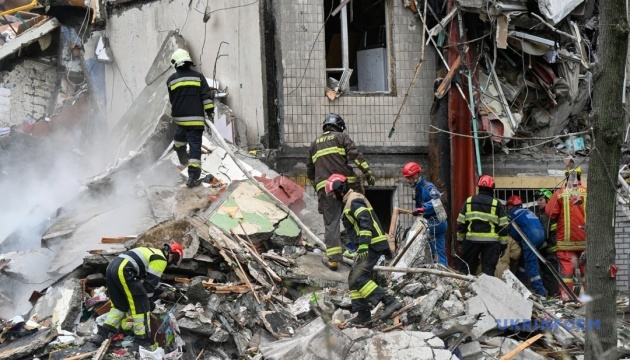
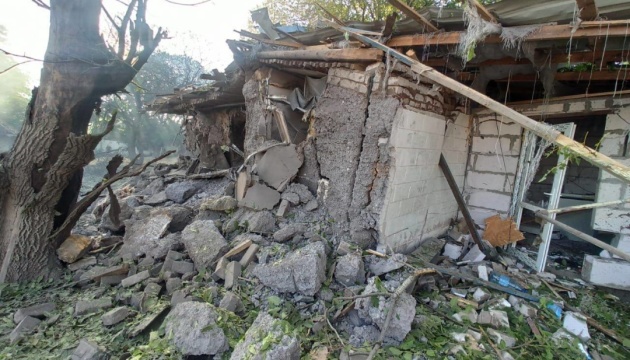
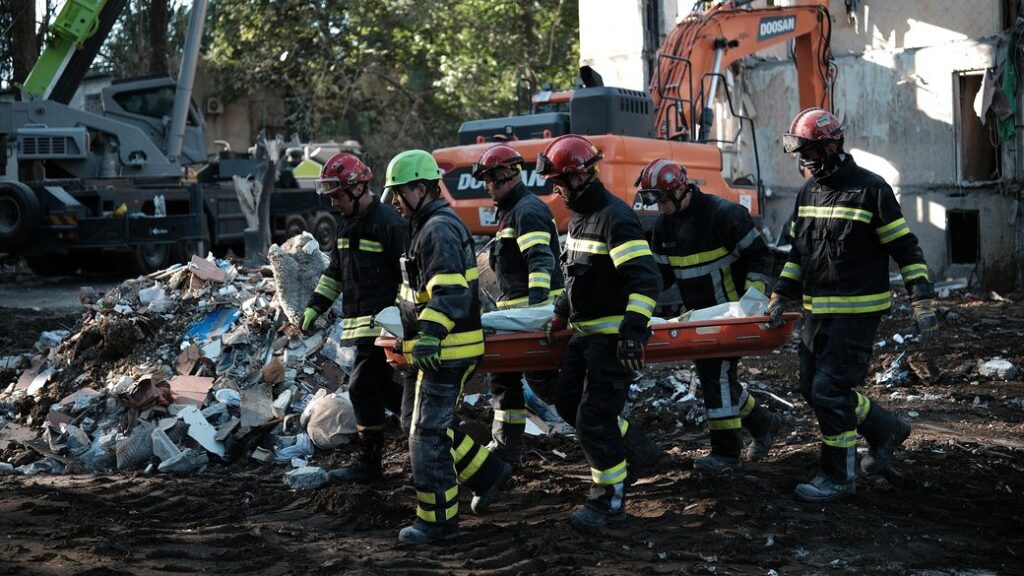
The death toll from Russia’s attack on 31 July in Kyiv has reached 31 this morning, and the city is mourning as rescuers continue their work. A 2‑year‑old and a six-year-old among the victims. The number may rise as emergency workers dig through the rubble.
The combined missile and drone attack on Kyiv overnight on 31 July caused the destruction of an entire section of a residential high‑rise in Sviatoshynskyi district. Crews of the State Emergency Service of Ukraine have worked through the night under spotlights, dismantling 70% of the collapsed structure and recovering bodies from the ruins. The agency confirmed that thousands of tons of rubble have already been removed, but several residents remain missing.
As of 10:39 of 1 August, head of Kyiv City Military Administration Tymur Tkachenko said on Telegram that rescuers had recovered more bodies and that the death toll had risen to 31, including three children. His earlier morning updates showed the toll steadily increasing during the ongoing search.
According to the Emergency Service, the Russian attack also wounded 159 people, including 16 children.
Earlier updates from local authorities reported that apart from Sviatoshynskyi district, buildings in Solomianskyi, Shevchenkivskyi, and Holosiivskyi districts were also damaged. Windows were shattered, roofs destroyed, and basic services disrupted in several areas.
The attack also damaged railway infrastructure in one part of Kyiv, the Kyiv Islamic Cultural Center near a central mosque, and the premises of the Dovzhenko National Film Studio.
Kyiv mayor Vitalii Klitschko announced yesterday that 1 August was declared a day of mourning in the city. Flags were lowered on municipal buildings, and all entertainment events were canceled. Both state and private institutions were asked to lower their flags as well.

Suspilne interviewed long‑time resident Raisa Adamenko, who explained that she was away from home when the strike happened. Her two children managed to escape through smoke moments before the missile destroyed the building. She lost her home and said she knew many of the neighbors who died, including a couple who returned home from a bomb shelter between alarms and were killed.
“From the ninth floor, Andrii and Natasha were in the bomb shelter. When they came back from it, the alarm was announced again. They had a smoke and went home. Then the missile came and they were killed,” Raisa said.

State Emergency Service spokesperson Pavlo Petrov told Suspilne that search operations are ongoing because people remain missing. Once specialists confirm there are no more victims under the rubble, work will move to clearing dangerous fragments so that the site can be made safe.
